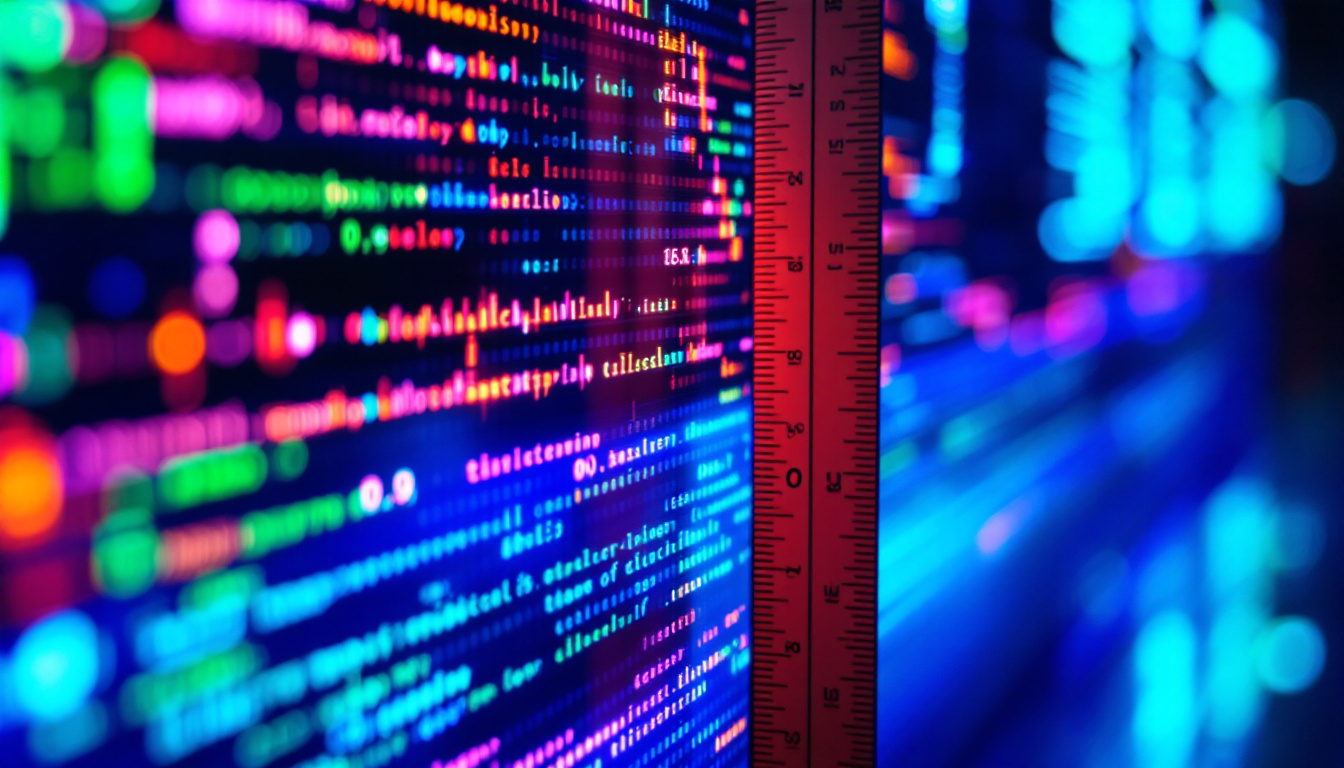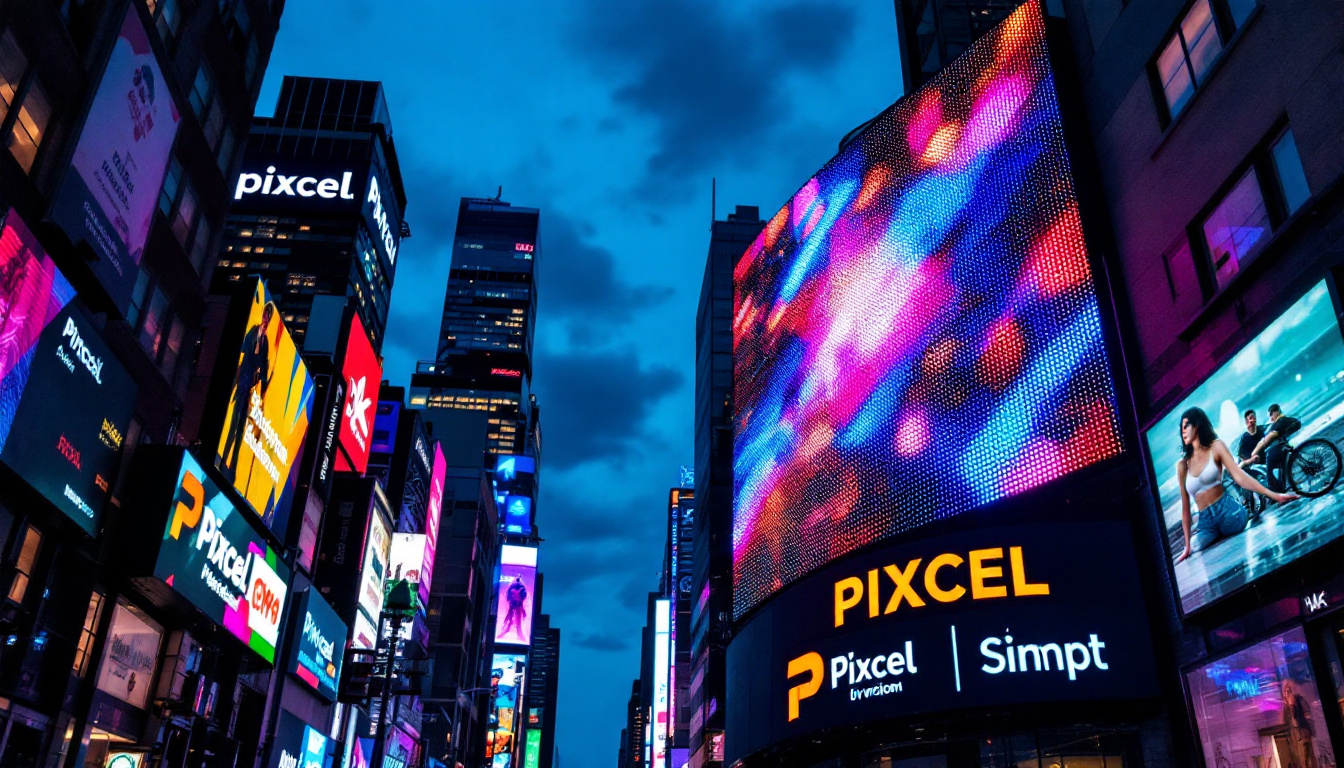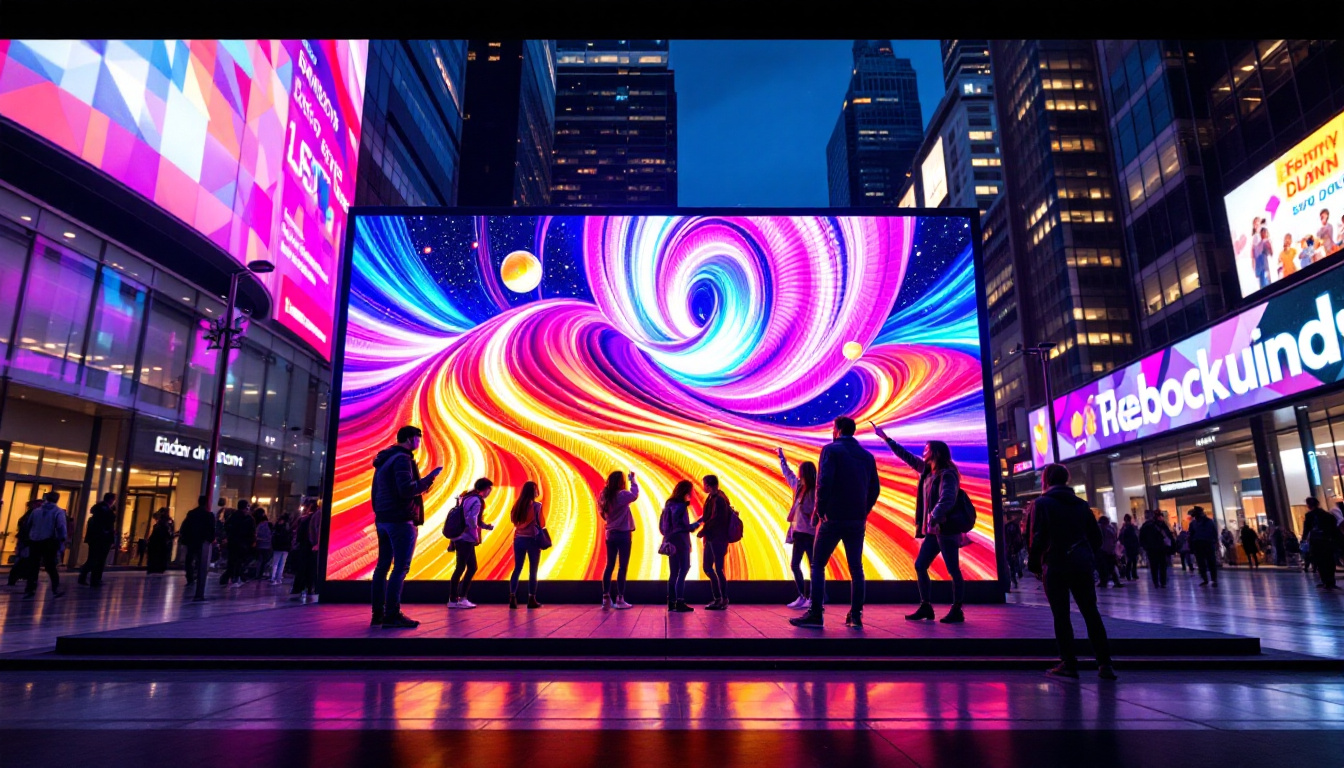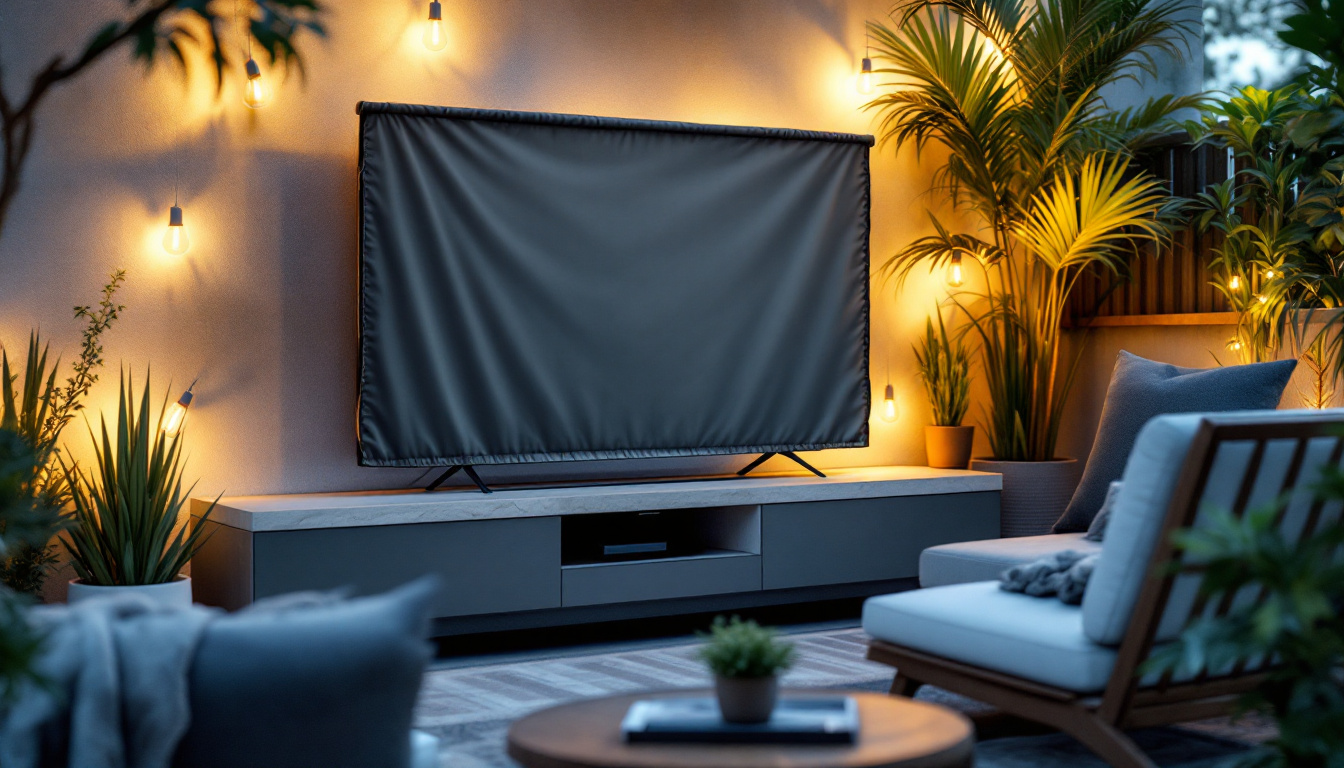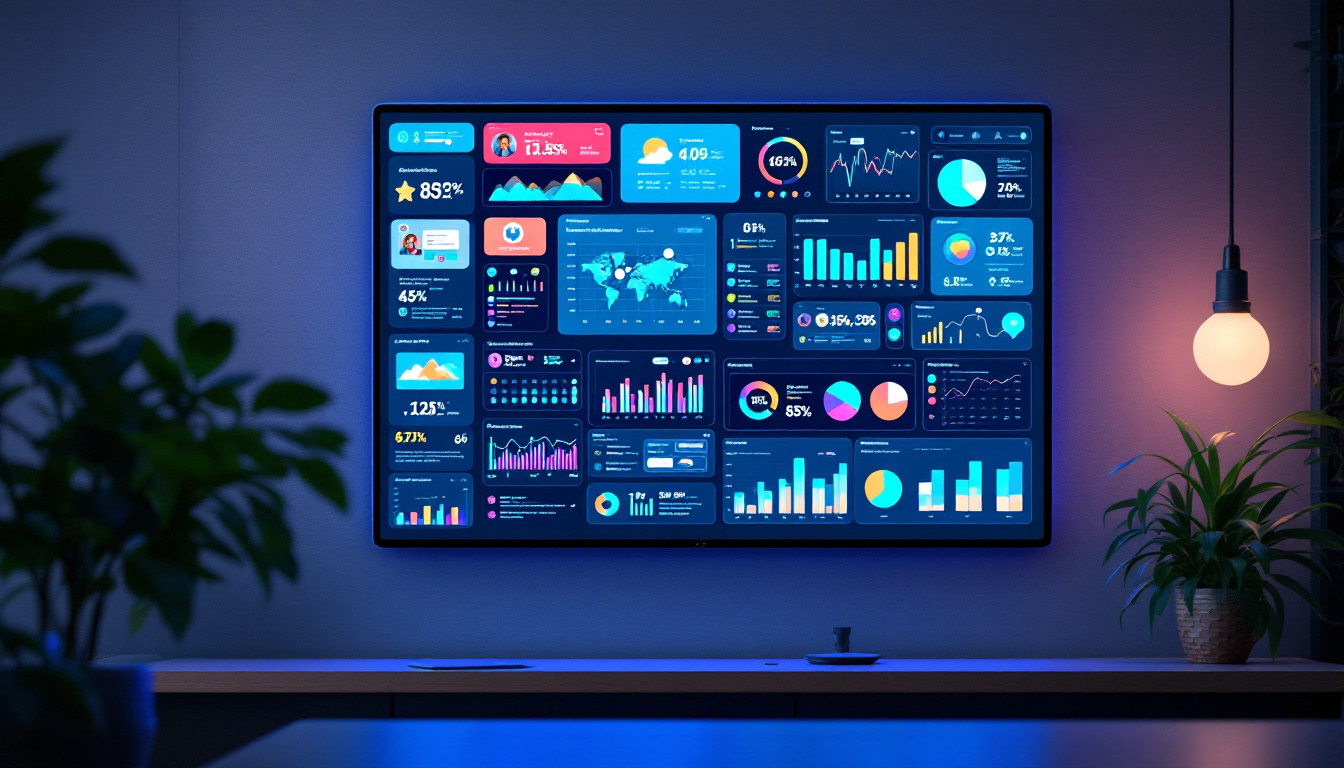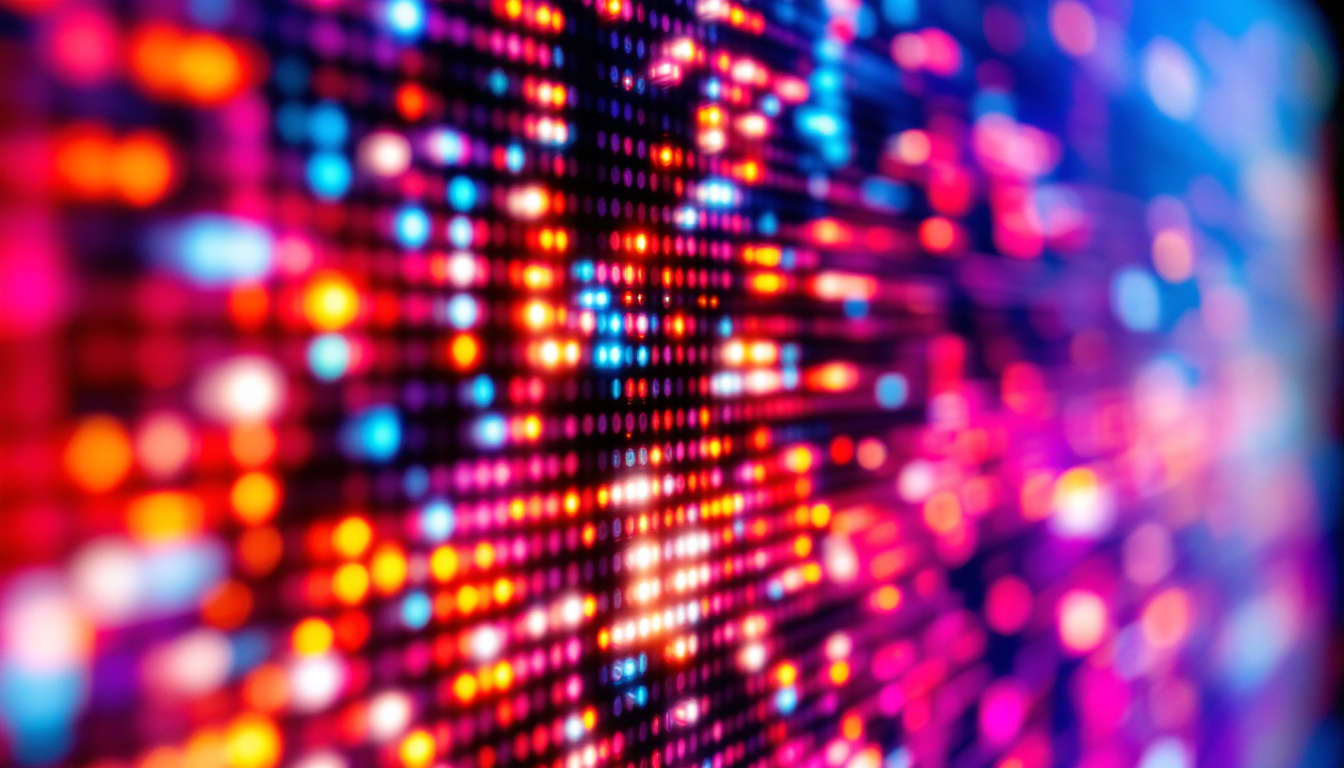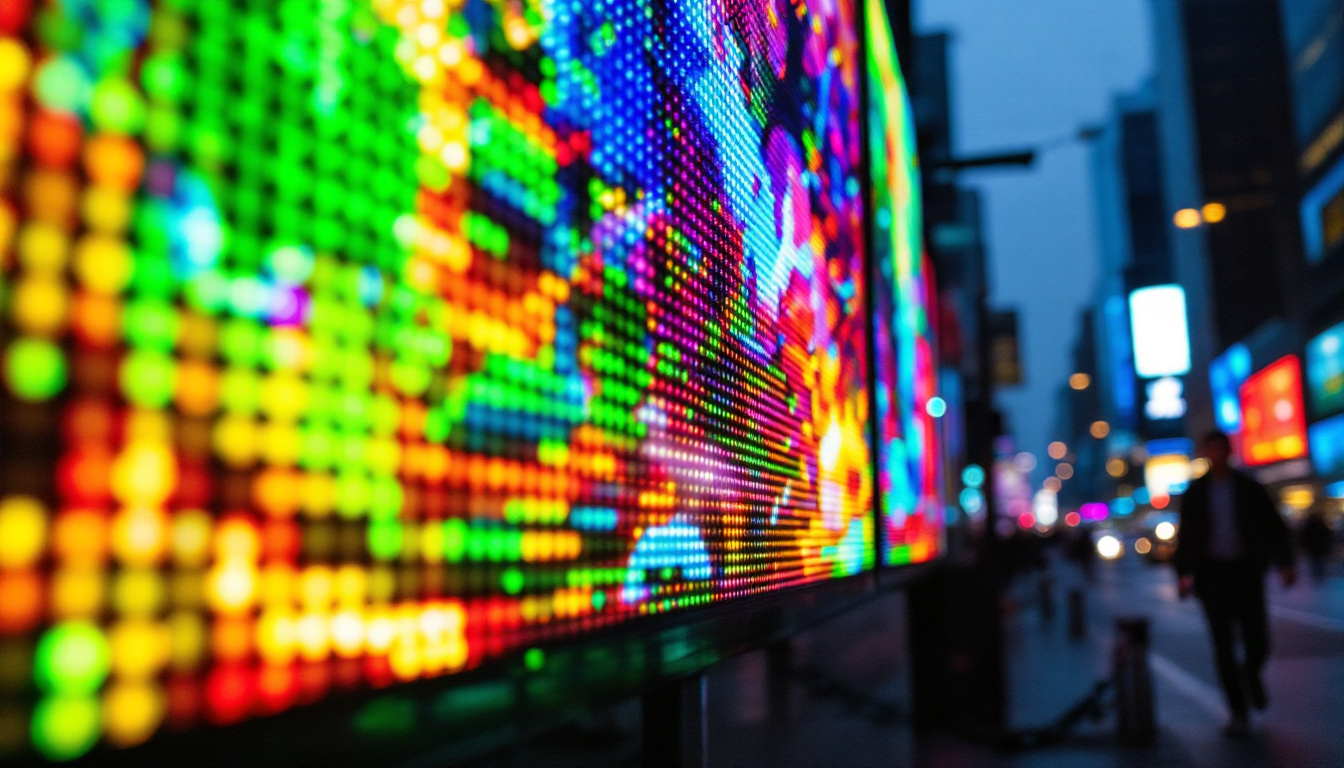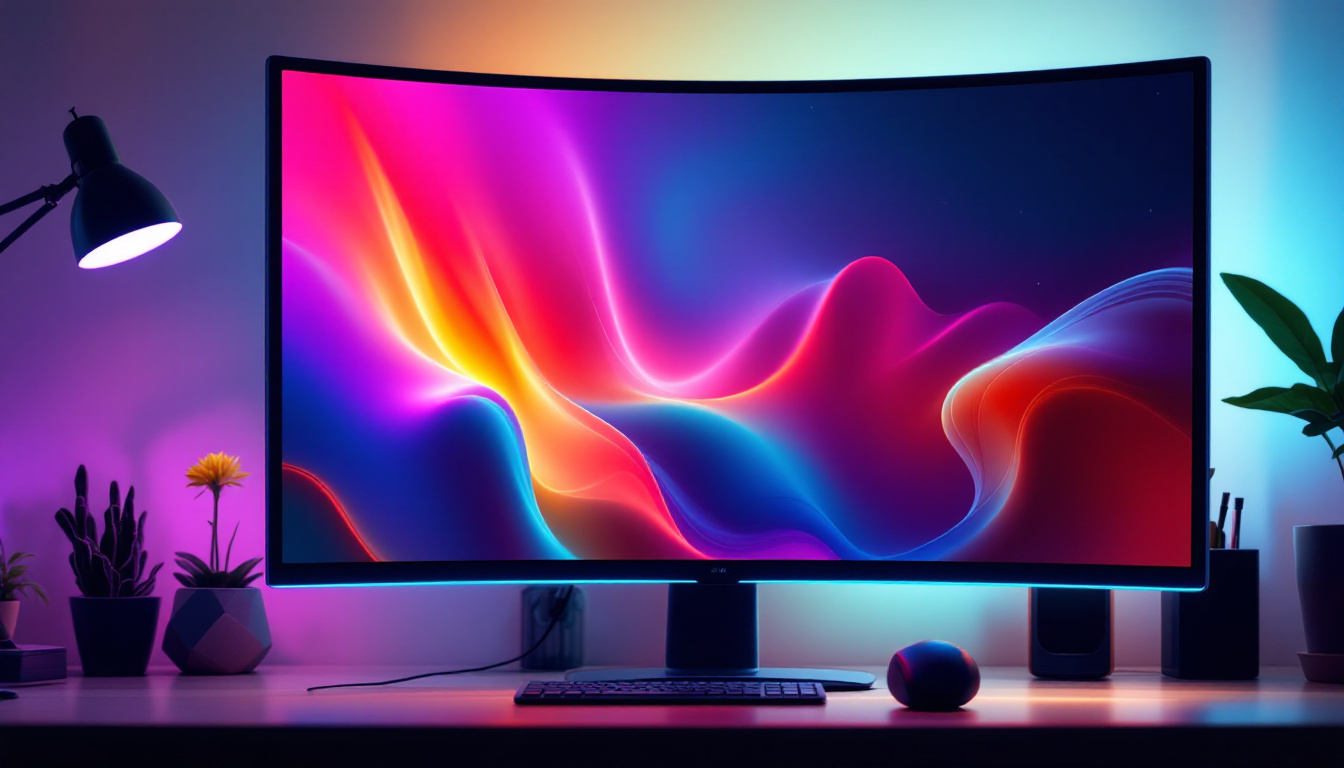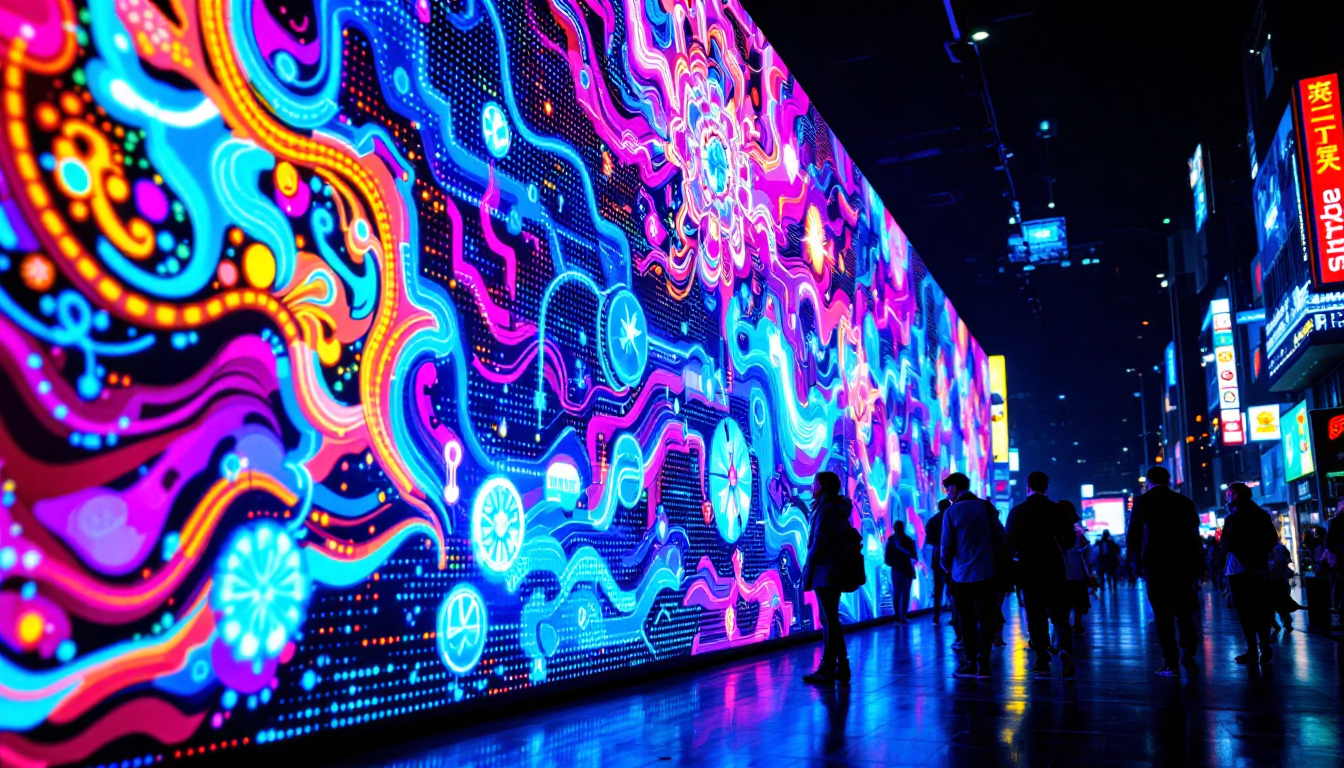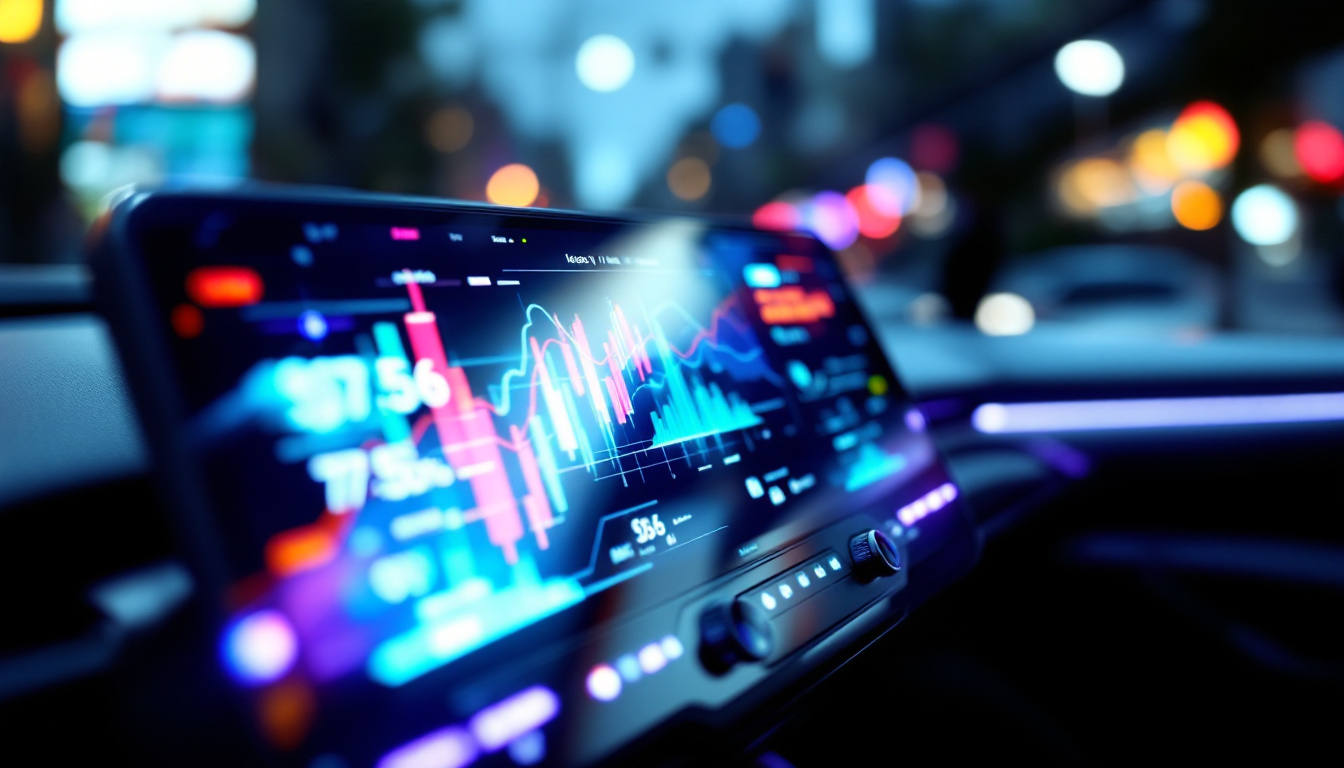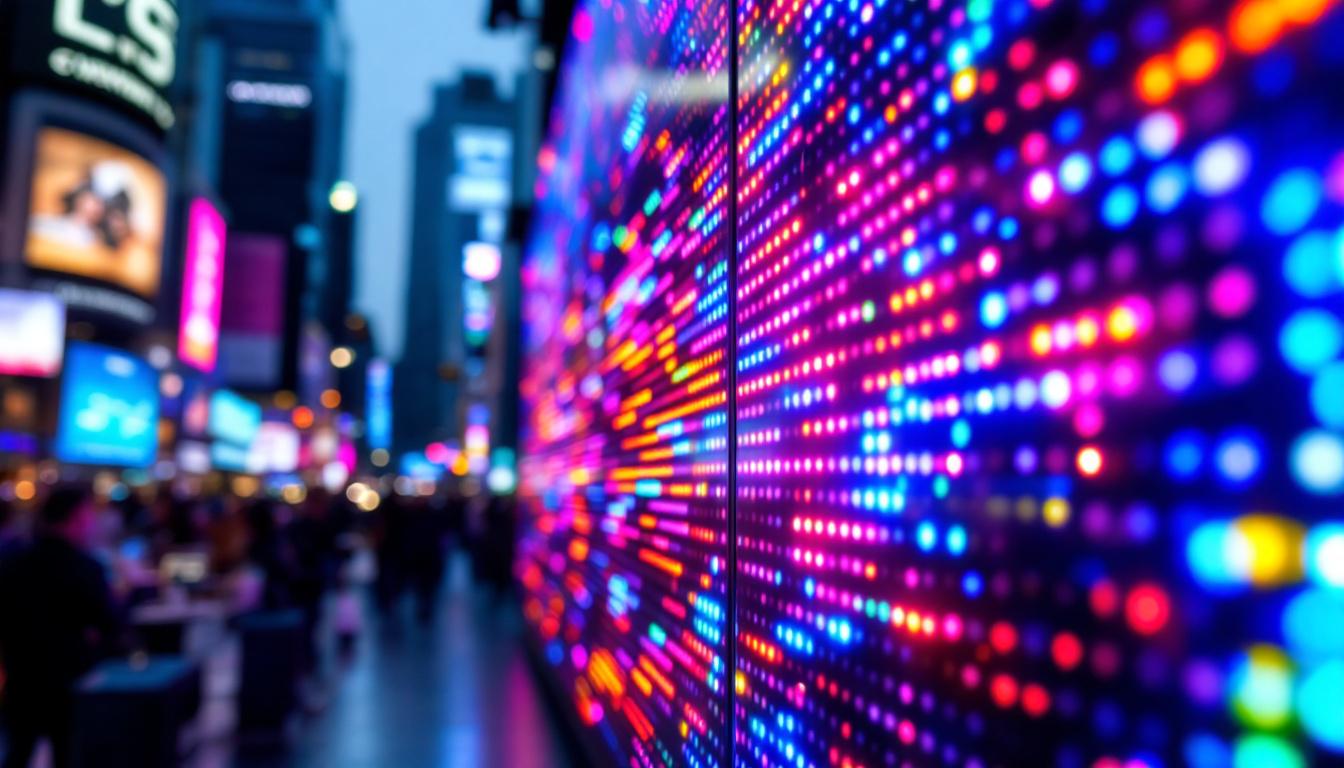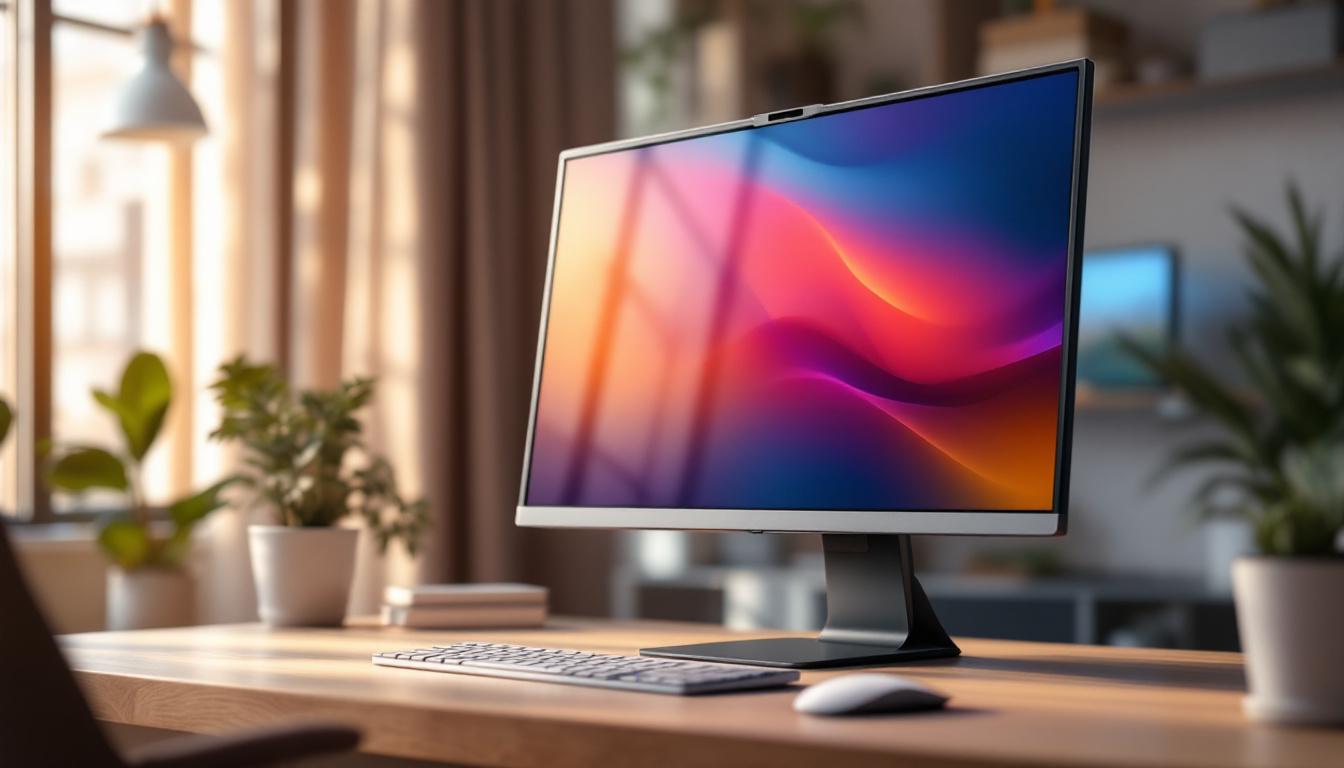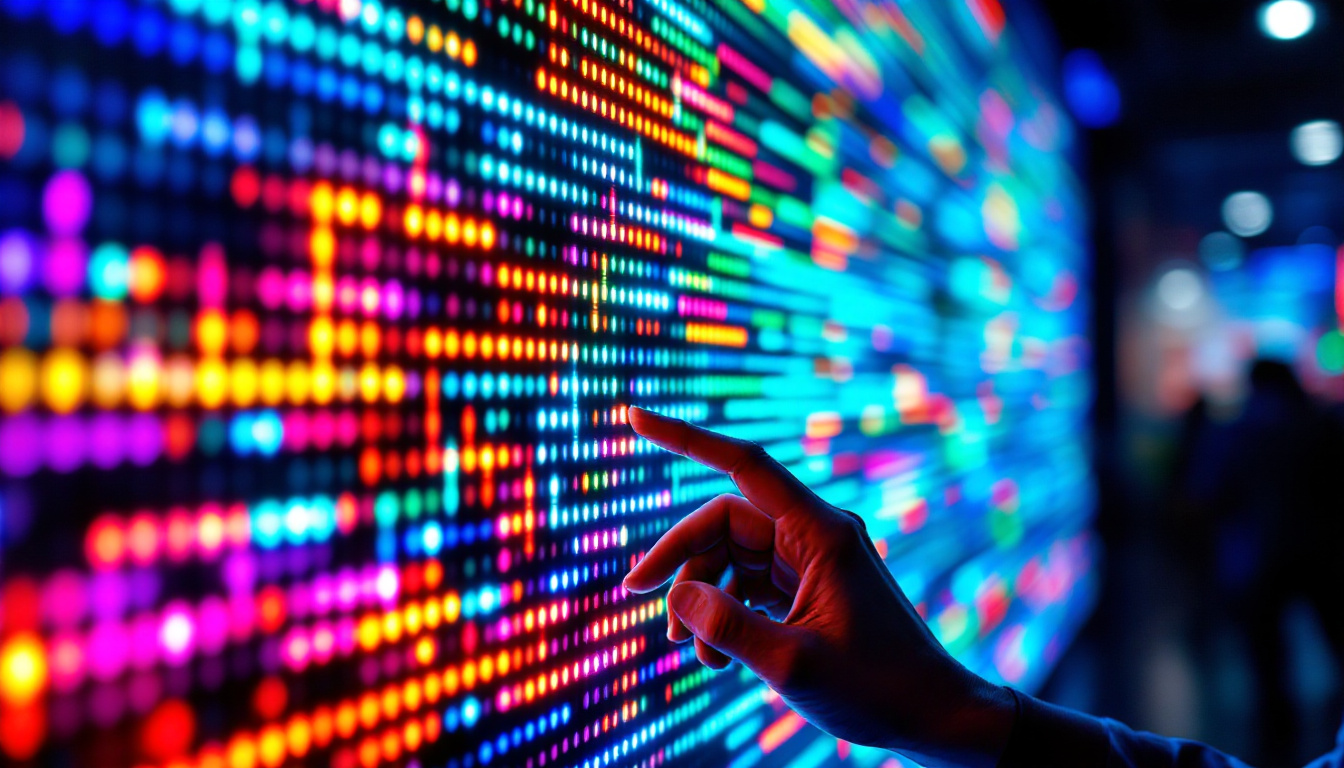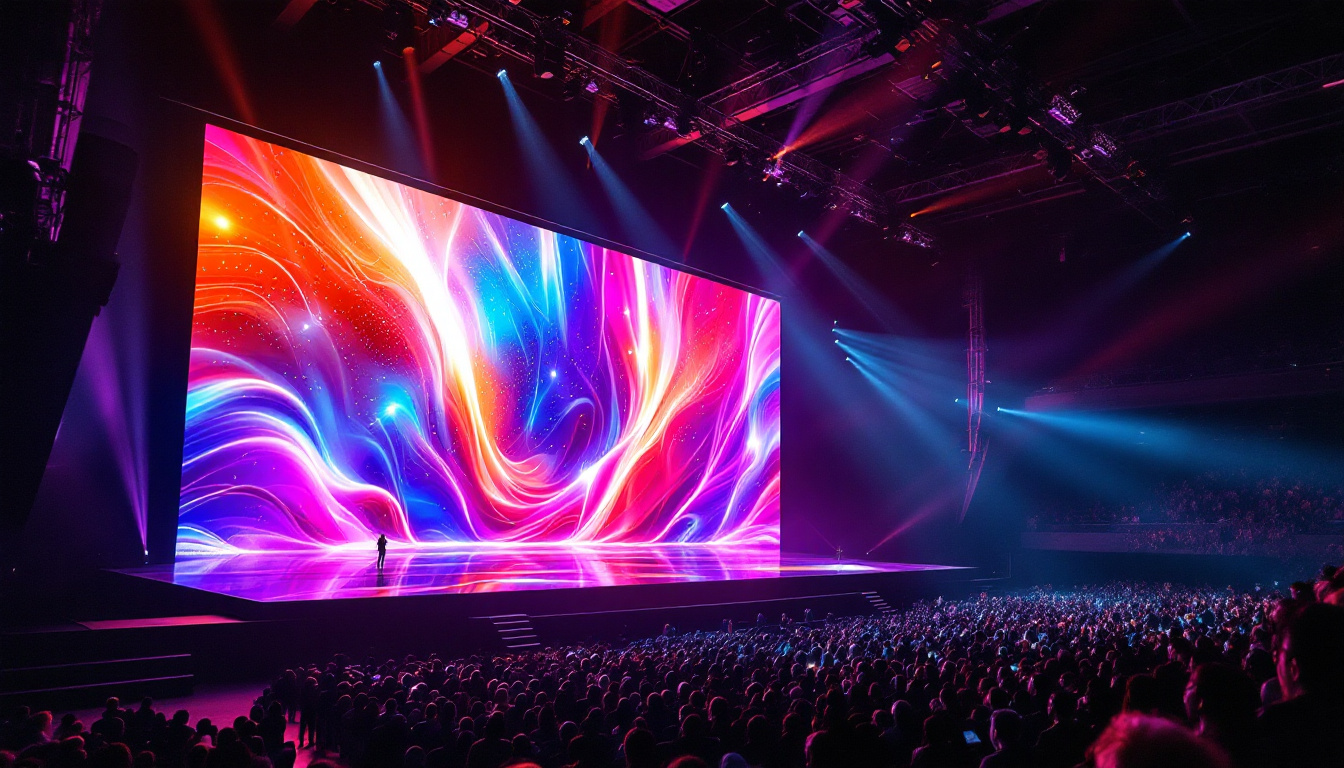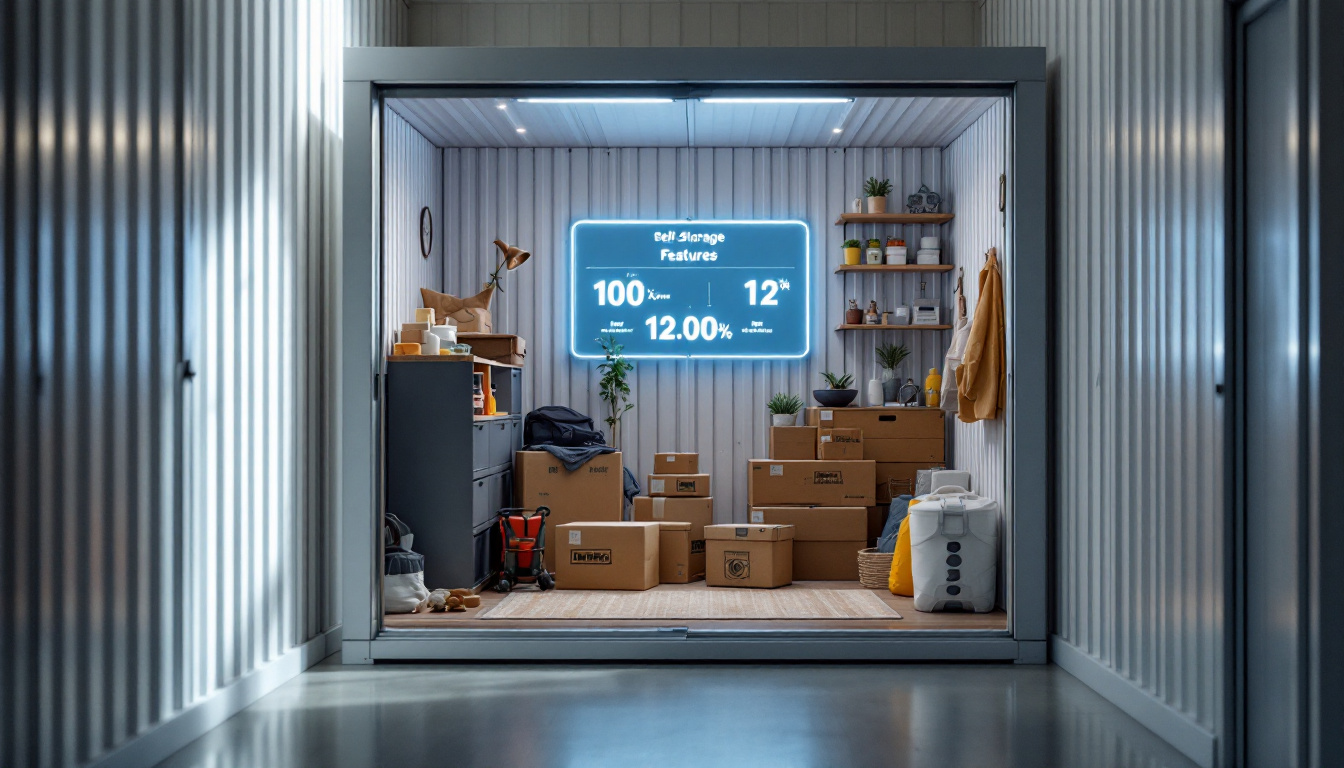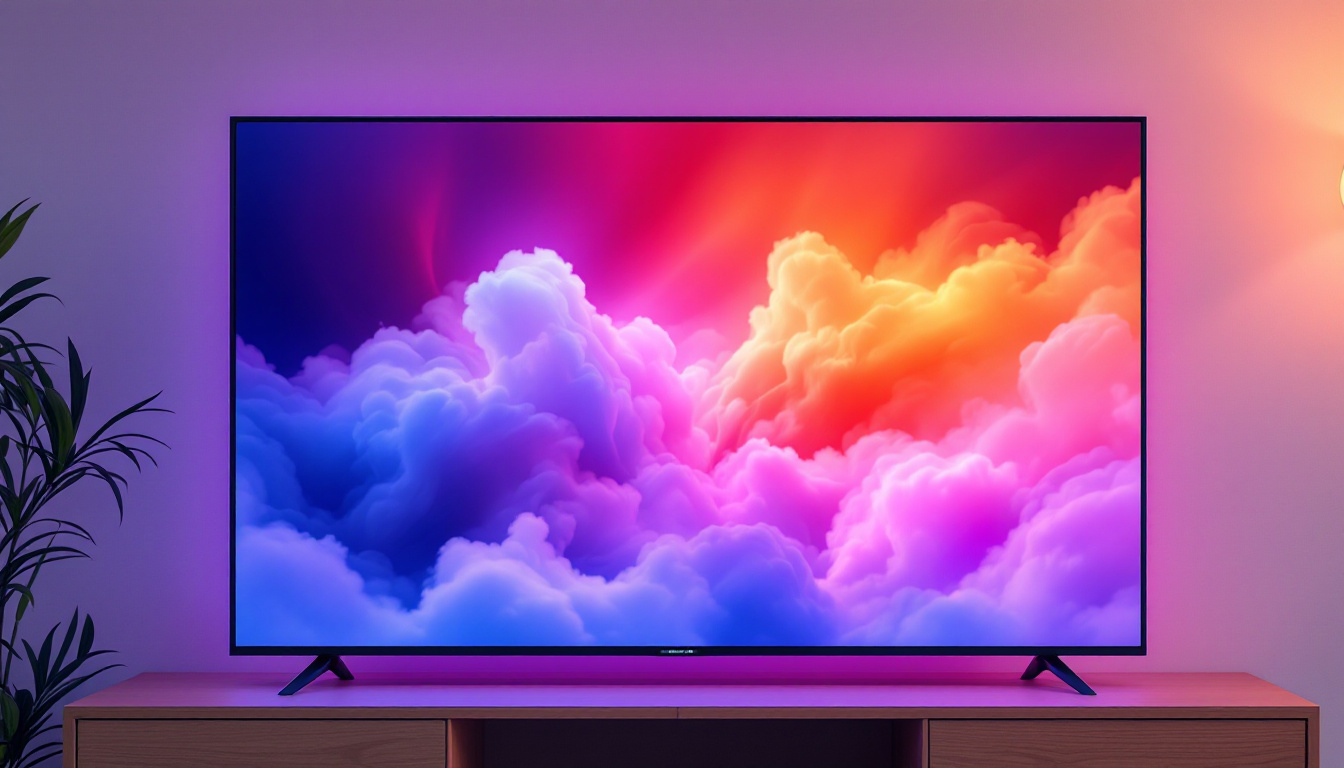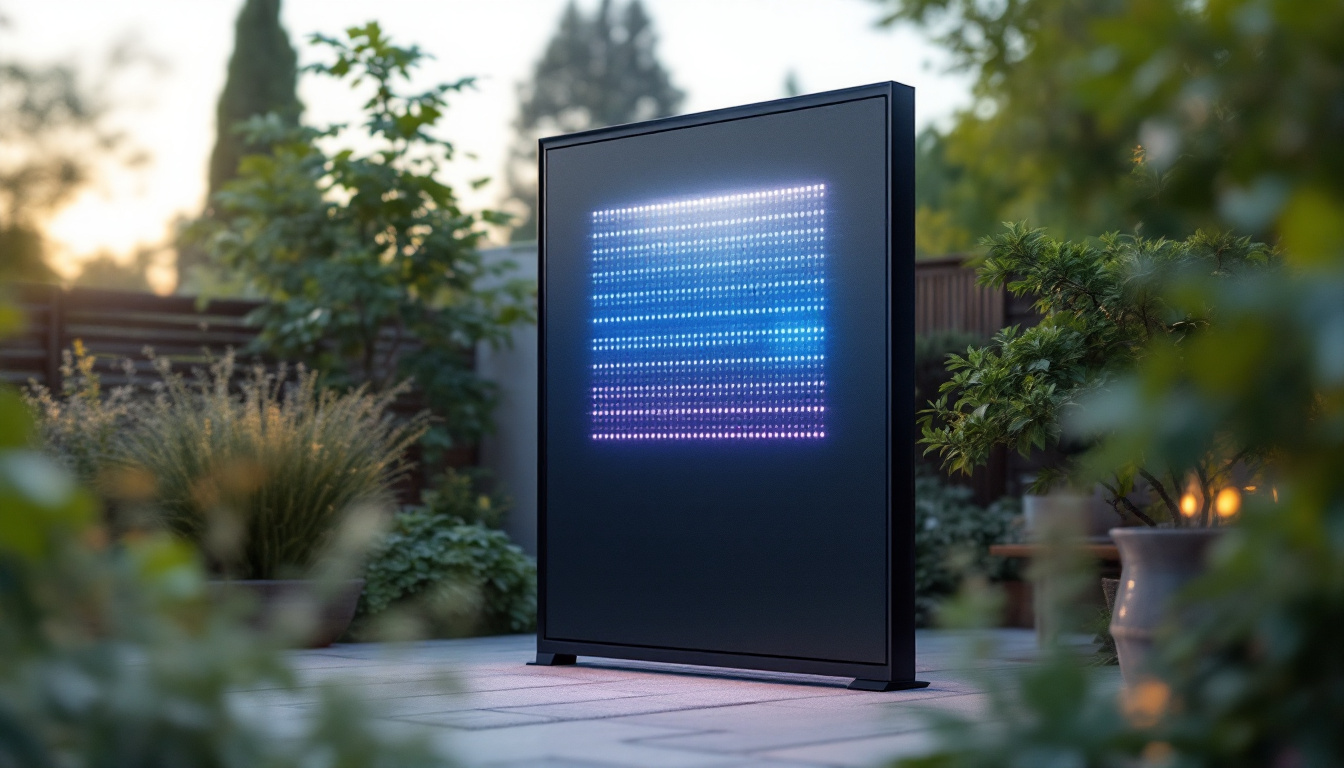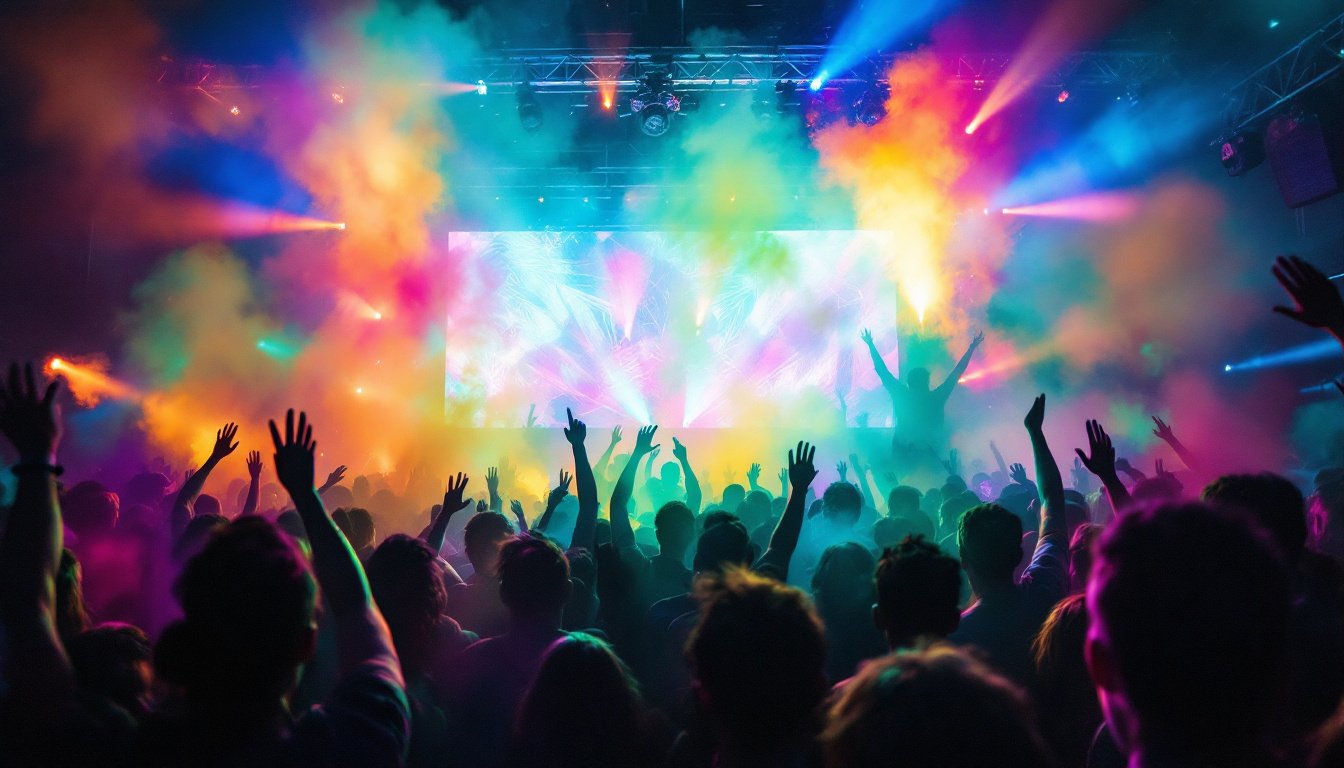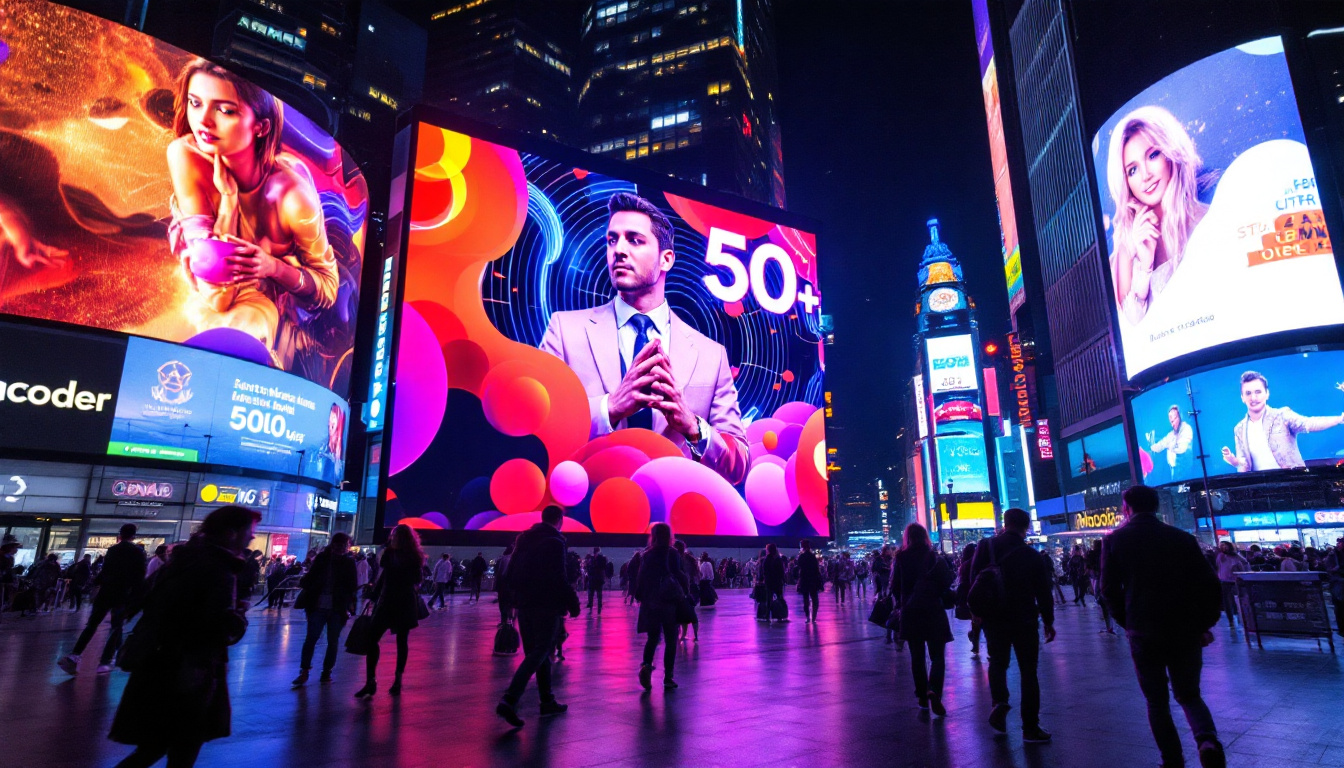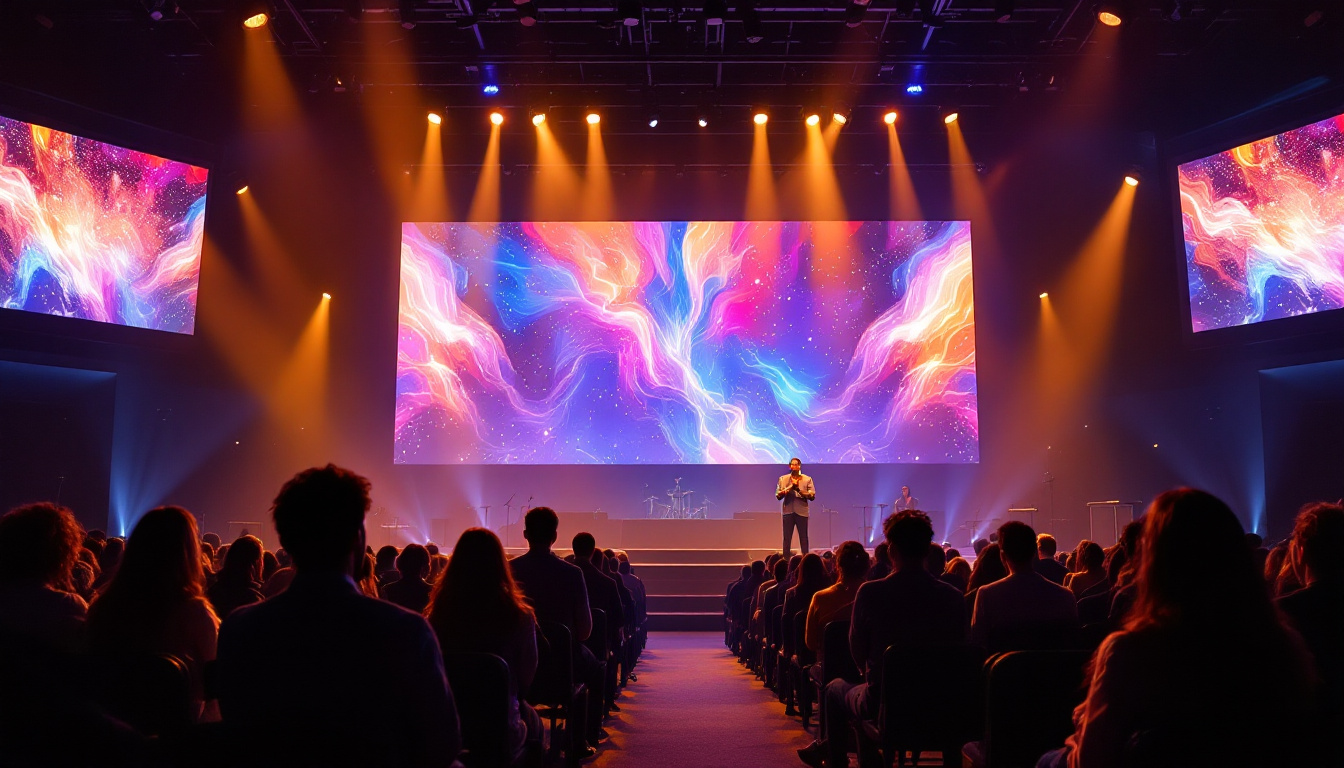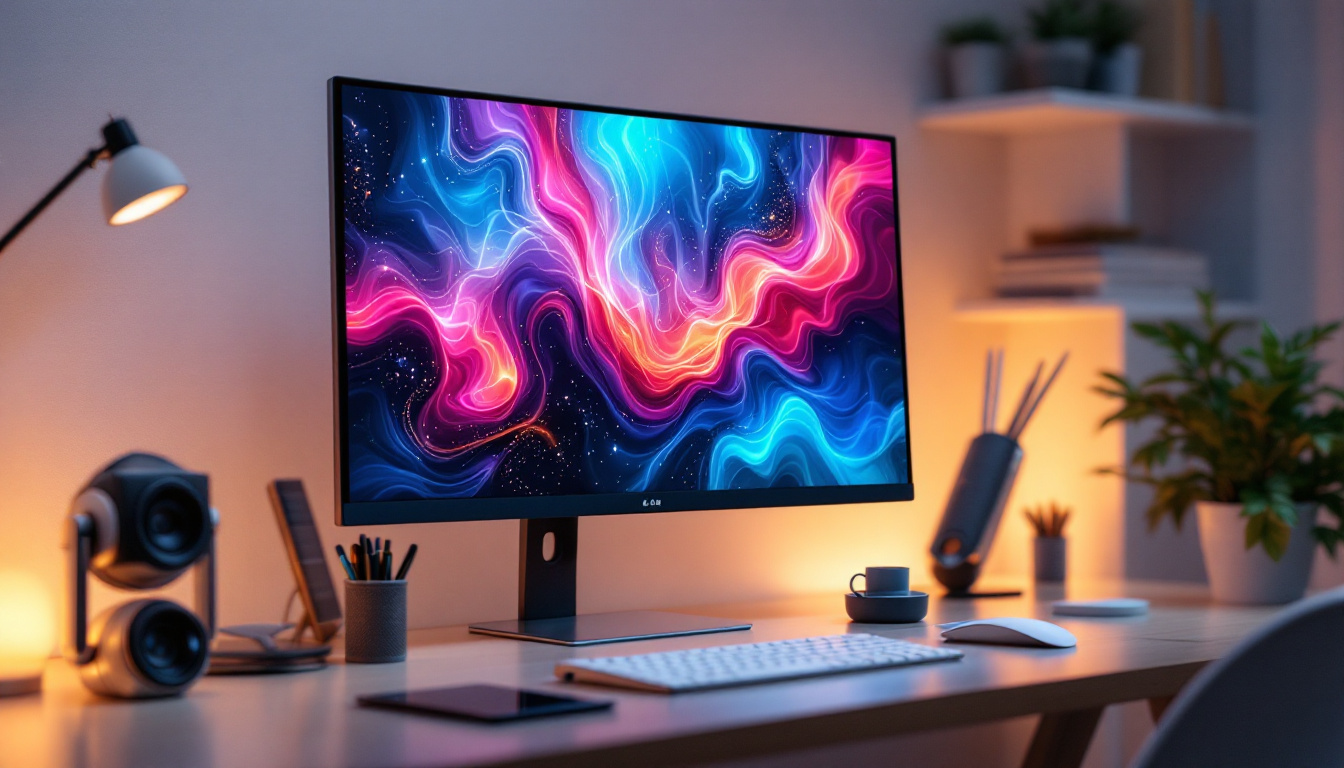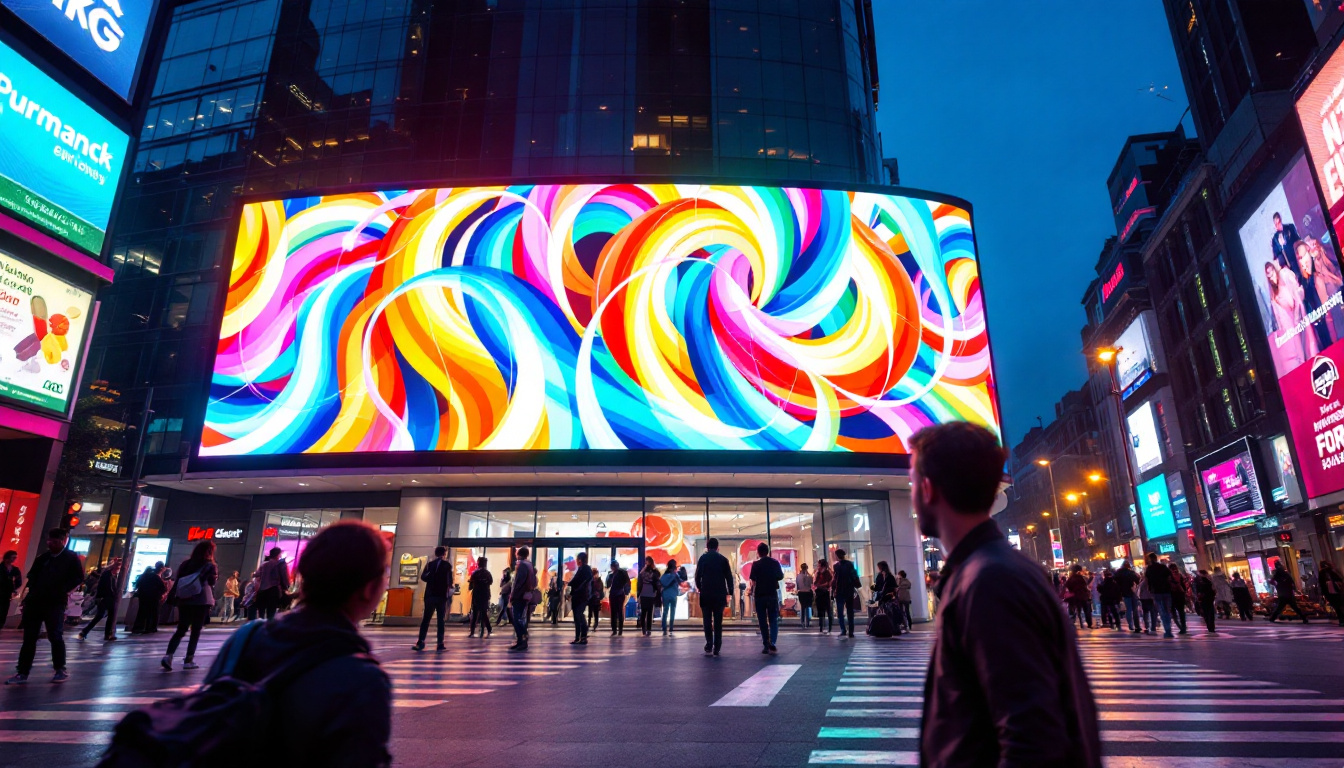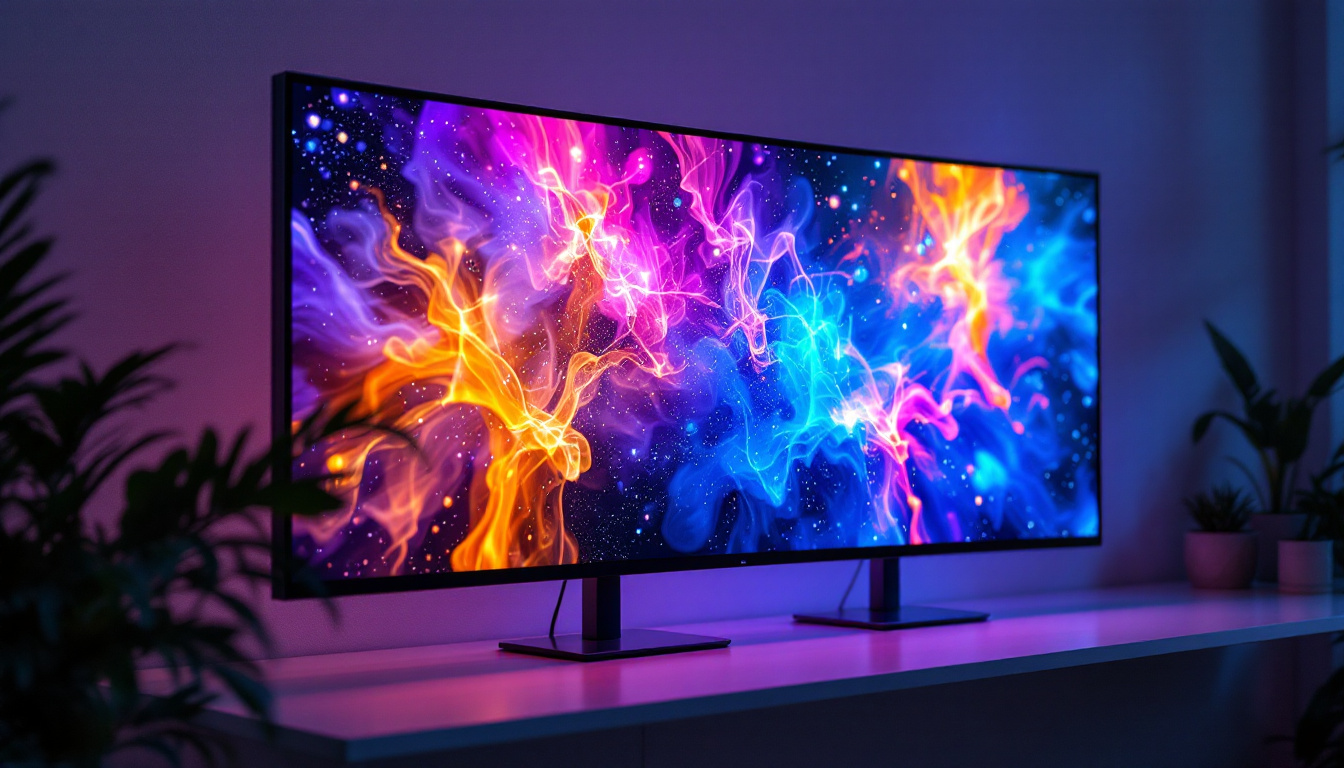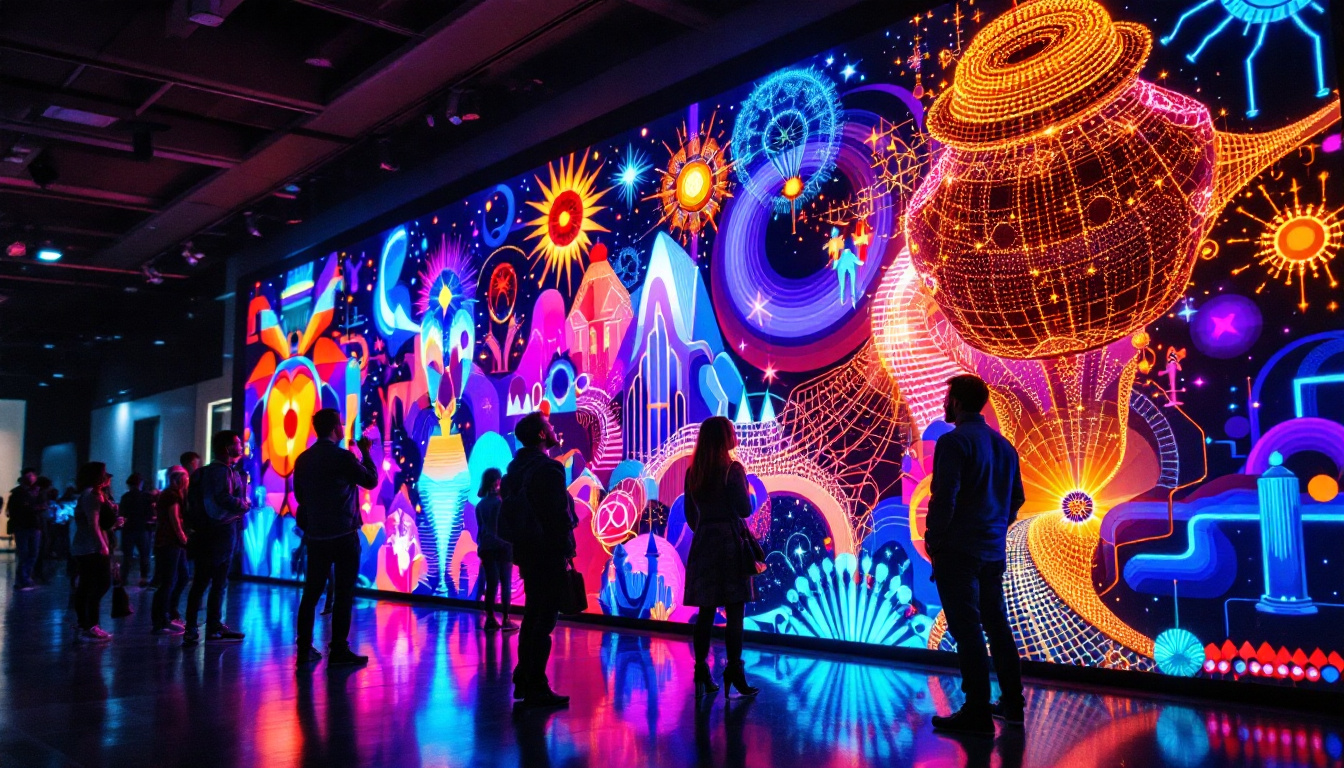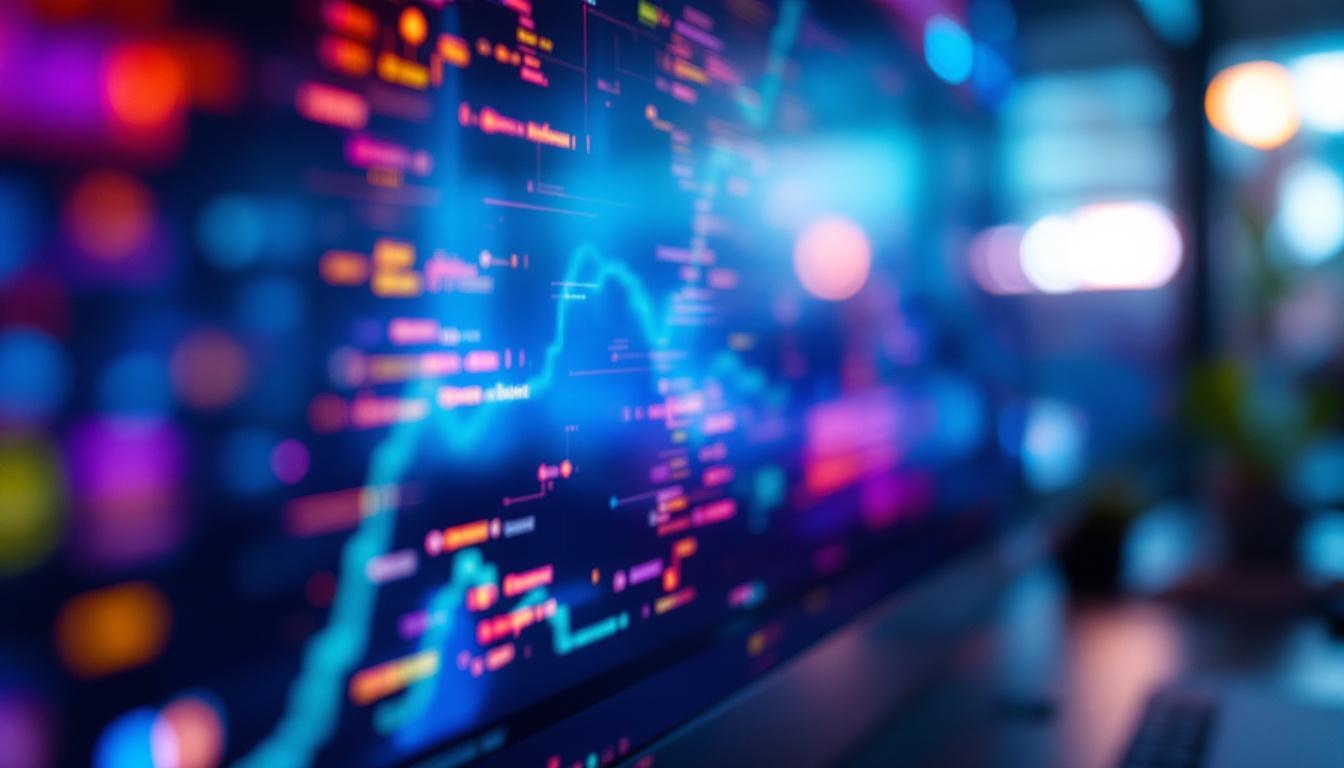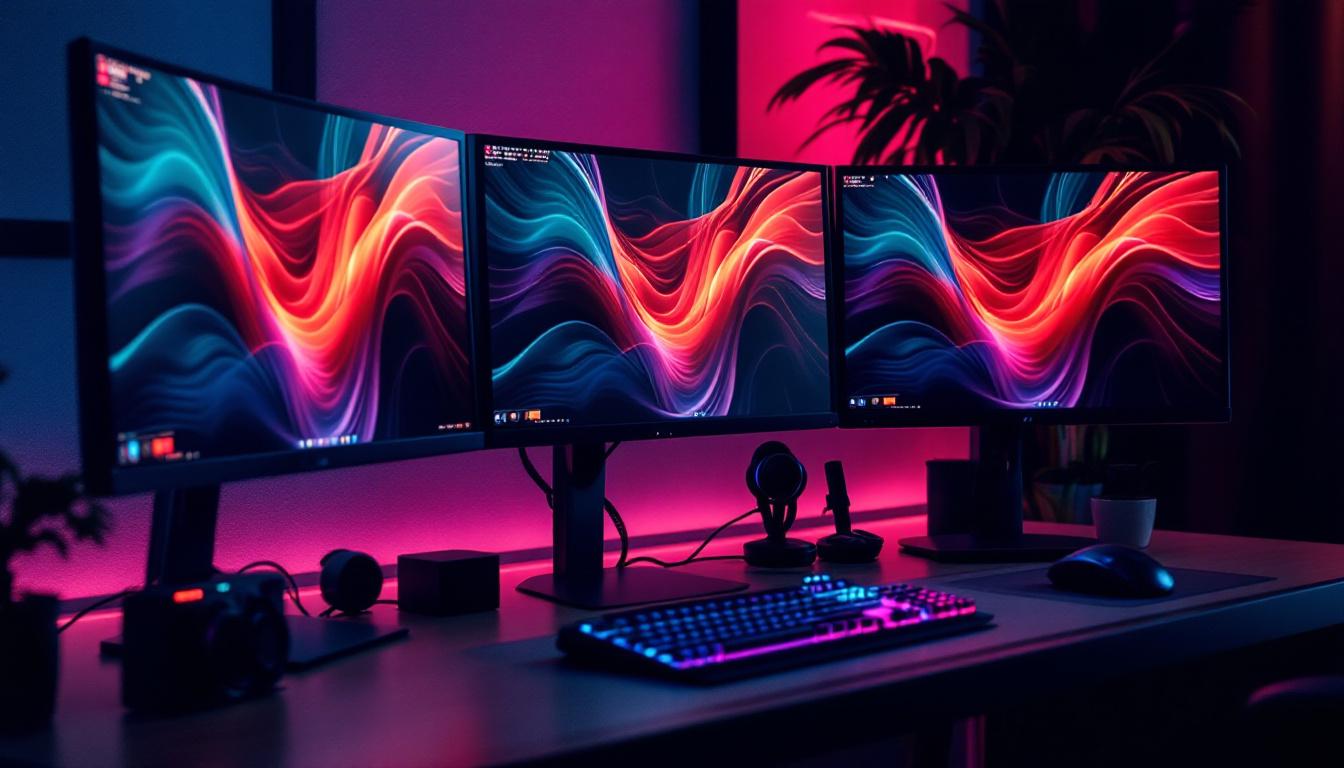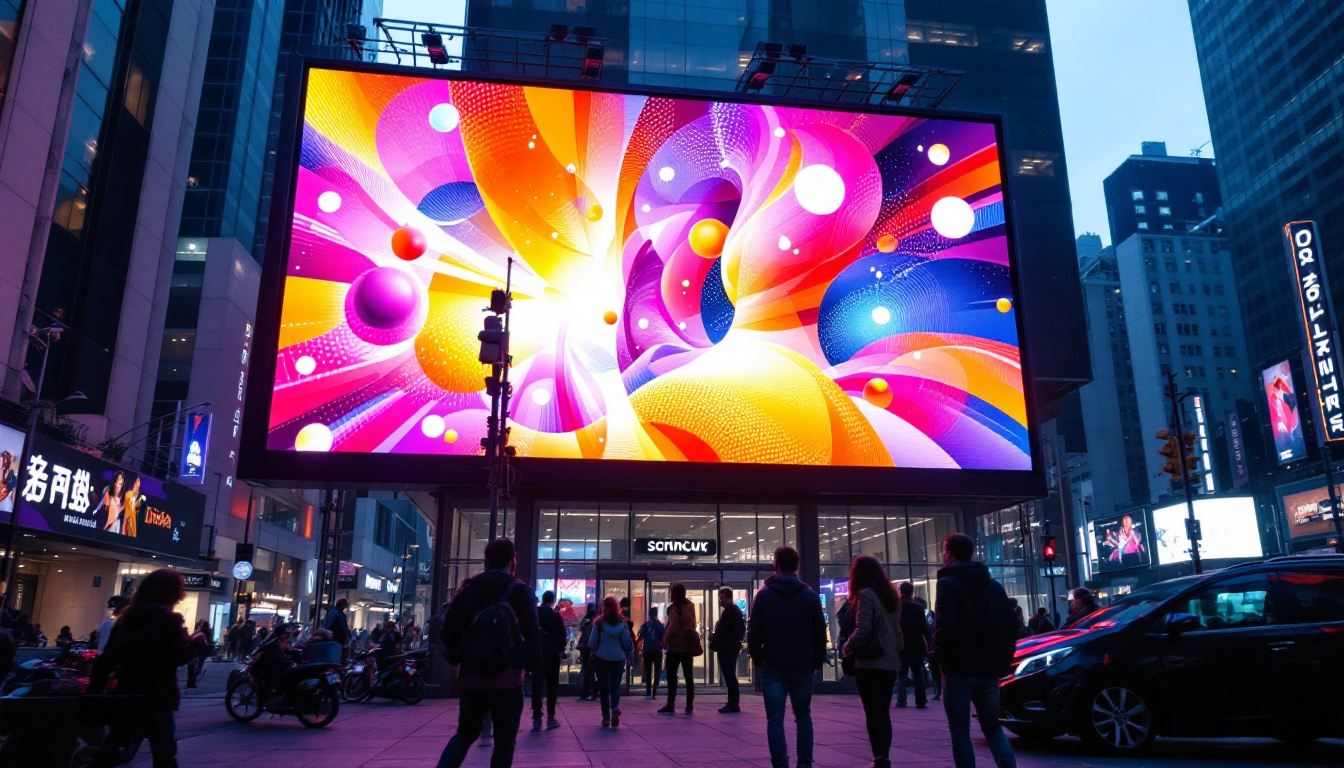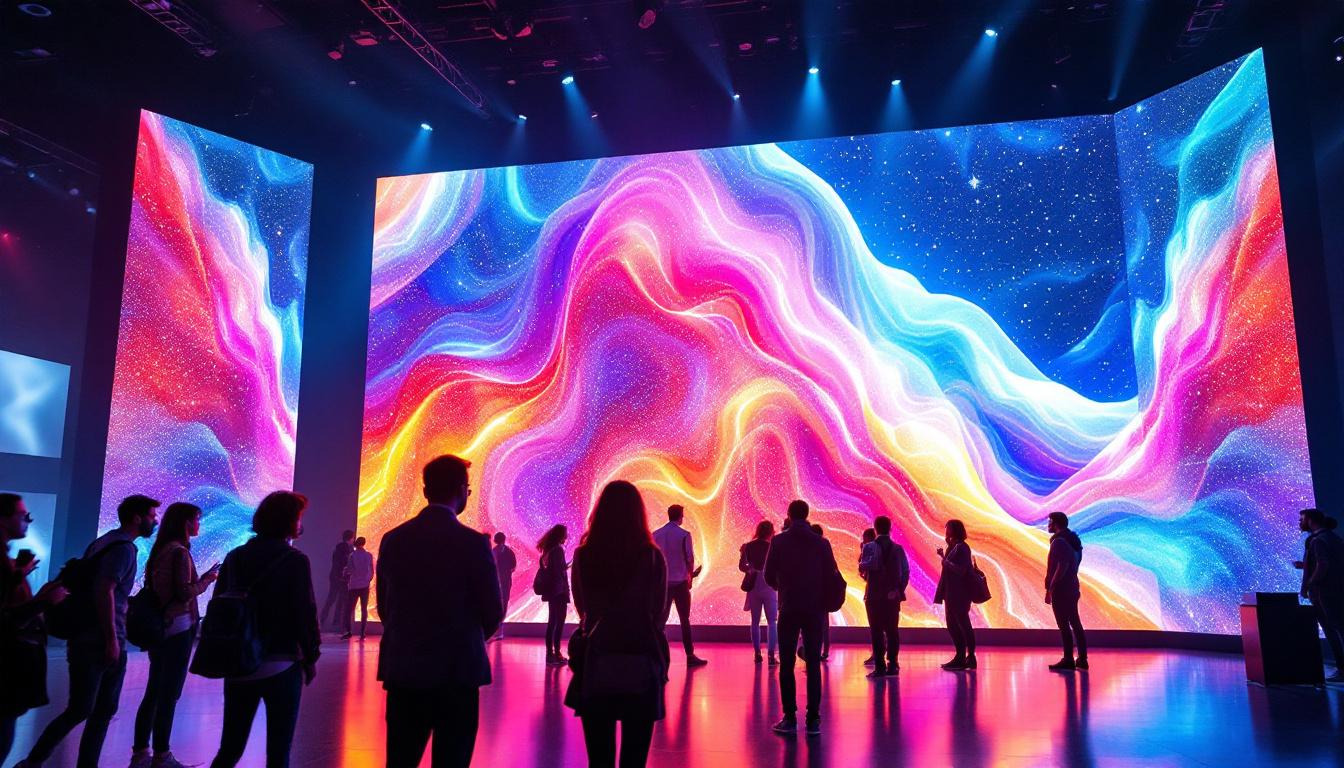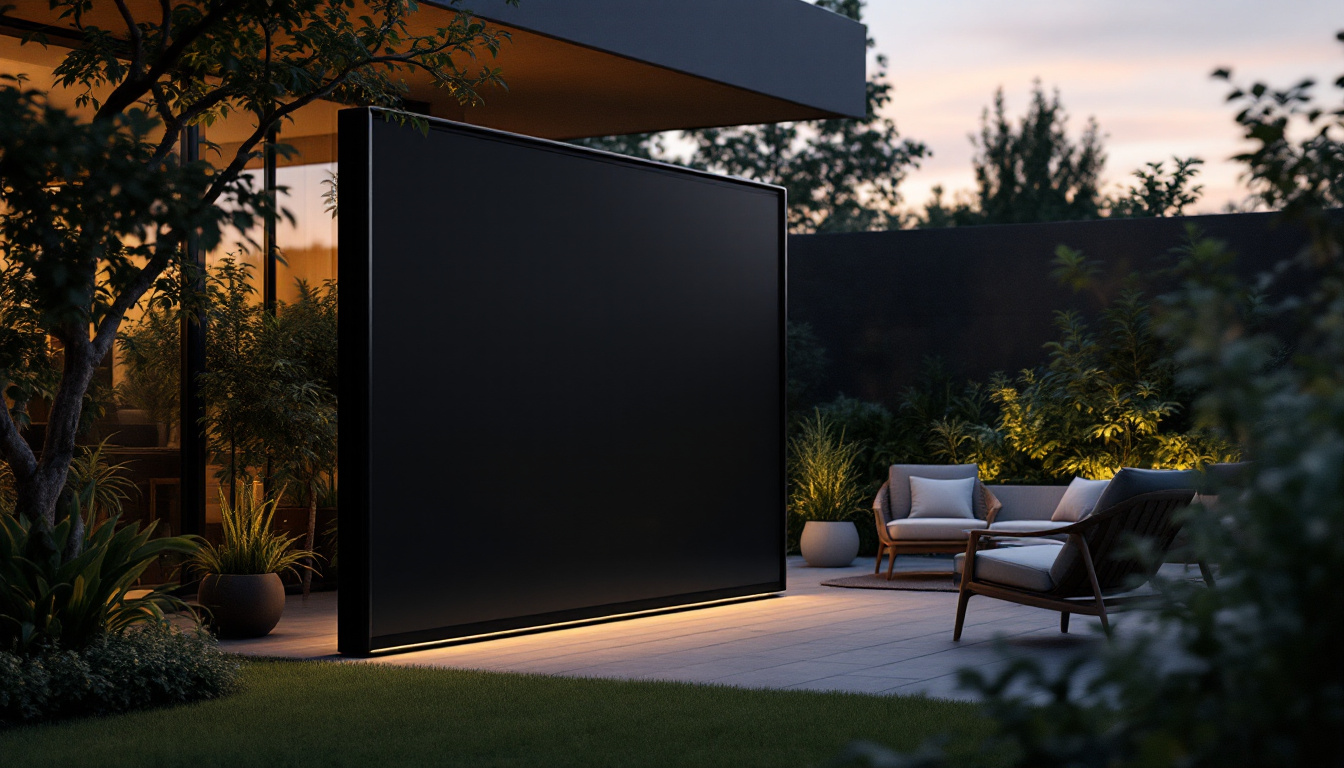In the world of technology and digital displays, understanding measurements is crucial for both consumers and professionals. One common conversion that often arises is from meters to inches, particularly in the context of LED displays. This article aims to clarify the conversion from 0.9 meters to inches while also delving into the significance of LED displays in various applications.
Understanding the Conversion: 0.9 Meters to Inches
To convert meters to inches, it is essential to know the conversion factor: 1 meter is equivalent to approximately 39.37 inches. Therefore, to find out how many inches are in 0.9 meters, one simply multiplies 0.9 by 39.37.
The Calculation Process
Performing the calculation:
- 0.9 meters × 39.37 inches/meter = 35.433 inches
Thus, 0.9 meters is approximately 35.43 inches. This simple conversion is essential for those in industries where precise measurements are necessary, such as construction, design, and electronics.
Why Measurements Matter
In fields like interior design, architecture, and digital signage, accurate measurements ensure that displays fit well within a designated space. Knowing the exact size of an LED display in inches allows for better planning and integration into existing environments. Whether it’s for a home theater, a corporate presentation, or an outdoor advertising campaign, the right dimensions can make all the difference.
Moreover, precise measurements are crucial in manufacturing and engineering processes. For instance, when creating components that need to fit together perfectly, even a slight miscalculation can lead to significant issues, such as structural weaknesses or aesthetic inconsistencies. In automotive design, for example, the dimensions of parts must be meticulously calculated to ensure that they fit seamlessly within the vehicle assembly, impacting both functionality and safety.
Additionally, in the realm of e-commerce, where products are often sold online, providing accurate dimensions in both metric and imperial units can enhance customer satisfaction. Shoppers rely on these measurements to make informed decisions about whether a product will fit their needs, whether it’s a piece of furniture or a new appliance. Thus, understanding conversions like 0.9 meters to inches not only aids professionals in their respective fields but also empowers consumers in their purchasing choices.
The Rise of LED Displays
LED (Light Emitting Diode) technology has revolutionized the way visual information is presented. From large billboards to small screens, LED displays are ubiquitous in modern society. Their popularity can be attributed to several key factors.
Energy Efficiency
One of the most significant advantages of LED displays is their energy efficiency. Compared to traditional incandescent bulbs or even fluorescent lights, LEDs consume far less power, making them a more sustainable choice. This not only reduces electricity costs but also minimizes the environmental impact. In fact, studies have shown that switching to LED technology can lead to energy savings of up to 80%, which is a substantial reduction for businesses and consumers alike. As cities and organizations strive to meet sustainability goals, the adoption of LED displays aligns perfectly with these initiatives, contributing to a greener future.
Brightness and Visibility
LED displays are known for their brightness, which allows them to be visible even in direct sunlight. This characteristic is particularly important for outdoor applications, where visibility can be a challenge. The ability to produce vibrant colors and sharp images makes LED technology a preferred choice for advertising and public displays. Moreover, advancements in LED technology have led to the development of high dynamic range (HDR) displays that enhance contrast and color accuracy, further elevating the viewing experience. This innovation not only captivates audiences but also allows for more engaging storytelling through visuals, making LED displays an essential tool for marketers and event organizers.
Longevity and Durability
Another compelling benefit of LED displays is their longevity and durability. Unlike traditional lighting options, which may require frequent replacements, LED lights can last for tens of thousands of hours, significantly reducing maintenance costs and downtime. This durability is particularly advantageous in high-traffic areas or harsh weather conditions, where other display technologies might fail. Additionally, LEDs are more resistant to shock and vibration, making them ideal for use in dynamic environments such as sports arenas and concert venues. As a result, businesses can invest in LED displays with confidence, knowing they will provide reliable performance over an extended period.
Applications of LED Displays
LED displays have found their way into a myriad of applications, ranging from commercial to personal use. Understanding these applications can provide insights into why the technology has become so prevalent.
Commercial Use
In the commercial sector, LED displays are widely used for advertising and information dissemination. Retail stores utilize LED screens to showcase products, sales, and promotions, capturing the attention of potential customers. Similarly, airports and train stations use LED boards to display real-time information about arrivals and departures. These displays not only enhance communication but also improve operational efficiency by providing dynamic updates that can be easily modified to reflect changing conditions.
Moreover, LED displays have revolutionized outdoor advertising with the advent of digital billboards. These large-scale installations can be programmed to display a variety of advertisements, allowing for targeted marketing strategies that can change throughout the day. This flexibility means that businesses can optimize their advertising spend by tailoring their messages to different audiences at different times, making LED displays an invaluable tool in the competitive commercial landscape.
Entertainment and Events
In the entertainment industry, LED displays have transformed the way audiences experience events. Concerts, sports games, and festivals often feature large LED screens that enhance the visual experience. These displays can show live feeds, graphics, and animations, creating an immersive environment for attendees. The ability to synchronize these screens with sound and lighting effects elevates the overall atmosphere, making events more engaging and memorable.
Additionally, LED technology has made its mark in the world of cinema and theater. Movie theaters are increasingly adopting LED screens for their superior brightness and contrast, allowing for a more vivid viewing experience. In live performances, LED backdrops can be used to create dynamic scenery that changes throughout the show, providing a level of creativity and flexibility that traditional stage sets cannot match. This integration of LED displays into various forms of entertainment continues to push the boundaries of what is possible in visual storytelling.
Home and Personal Use
On a smaller scale, LED displays have become popular in home entertainment systems. Many people opt for LED TVs and monitors for their superior picture quality and energy efficiency. Additionally, LED technology is used in smart home devices, providing users with intuitive interfaces and notifications. Smart refrigerators, for instance, may feature LED screens that display recipes, grocery lists, or even family photos, seamlessly integrating technology into daily life.
Furthermore, LED displays are also making their way into personal gadgets such as smartwatches and fitness trackers. These devices utilize LED technology to provide clear, bright displays that are easy to read in various lighting conditions. As the trend towards health and wellness continues to grow, the incorporation of LED displays in wearable technology allows users to monitor their fitness metrics in real-time, encouraging a more active lifestyle. The versatility of LED technology in personal applications is a testament to its adaptability and relevance in modern society.
Choosing the Right LED Display
When selecting an LED display, several factors should be considered to ensure the best fit for the intended application. Understanding these factors can help consumers make informed decisions.
Size and Resolution
The size of the display is a critical consideration, especially for large venues or outdoor applications. A display that is too small may not be visible from a distance, while one that is too large can overwhelm a space. Additionally, resolution plays a significant role in the clarity of the images displayed. Higher resolution screens provide sharper images, which is particularly important for detailed graphics and text.
Brightness Levels
Brightness is another key factor, especially for outdoor displays. The brightness of an LED display is measured in nits, and higher nit values indicate a brighter screen. For outdoor applications, a display with at least 5,000 nits is recommended to ensure visibility in bright sunlight.
Durability and Weather Resistance
For outdoor installations, the durability of the LED display is paramount. Displays should be weather-resistant and able to withstand varying environmental conditions. Many manufacturers offer displays with IP ratings, indicating their level of protection against dust and water. Choosing a display with a high IP rating can ensure longevity and reliability.
Future Trends in LED Display Technology
The LED display industry is continuously evolving, driven by advancements in technology and changing consumer demands. Several trends are shaping the future of LED displays.
MicroLED Technology
MicroLED is an emerging technology that promises to deliver even better performance than traditional LED displays. MicroLEDs are tiny, self-emissive pixels that offer higher brightness, better contrast, and improved energy efficiency. As this technology matures, it is expected to revolutionize the display market, allowing for thinner and more flexible screens.
Integration with Smart Technology
As smart technology becomes more prevalent, LED displays are increasingly being integrated into smart home systems. This integration allows for seamless control of displays through mobile devices and voice assistants, enhancing user experience and convenience.
Environmental Sustainability
With growing concerns about environmental sustainability, manufacturers are focusing on creating LED displays that are more eco-friendly. This includes using recyclable materials, reducing energy consumption, and developing processes that minimize waste. As consumers become more environmentally conscious, sustainable practices will likely become a standard expectation in the industry.
Conclusion
Understanding the conversion of 0.9 meters to inches is just one aspect of navigating the world of LED displays. The versatility, efficiency, and technological advancements of LED displays make them an integral part of modern life, from commercial advertising to personal entertainment. As the industry continues to evolve, staying informed about the latest trends and technologies will be essential for making the best choices in LED display solutions.
In summary, whether it’s for a business, an event, or personal use, LED displays offer a range of benefits that cater to various needs. By understanding the importance of measurements, applications, and future trends, consumers and professionals alike can make informed decisions that enhance their visual experiences.
Discover LumenMatrix LED Display Solutions
Ready to transform your space with unparalleled LED display technology? LumenMatrix is at the forefront of innovation, offering a wide array of LED display solutions tailored to your needs. From vibrant Indoor and Outdoor LED Wall Displays to dynamic Vehicle and Sports LED Displays, our products are designed to captivate and engage. Experience the future of visual communication with our LED Poster Displays, Floor LED Displays, Custom LED Displays, All-in-One LED Displays, and LED Transparent Displays. Elevate your brand’s visibility and create immersive visual experiences that resonate with your audience. Check out LumenMatrix LED Display Solutions today and see the difference cutting-edge technology can make.

